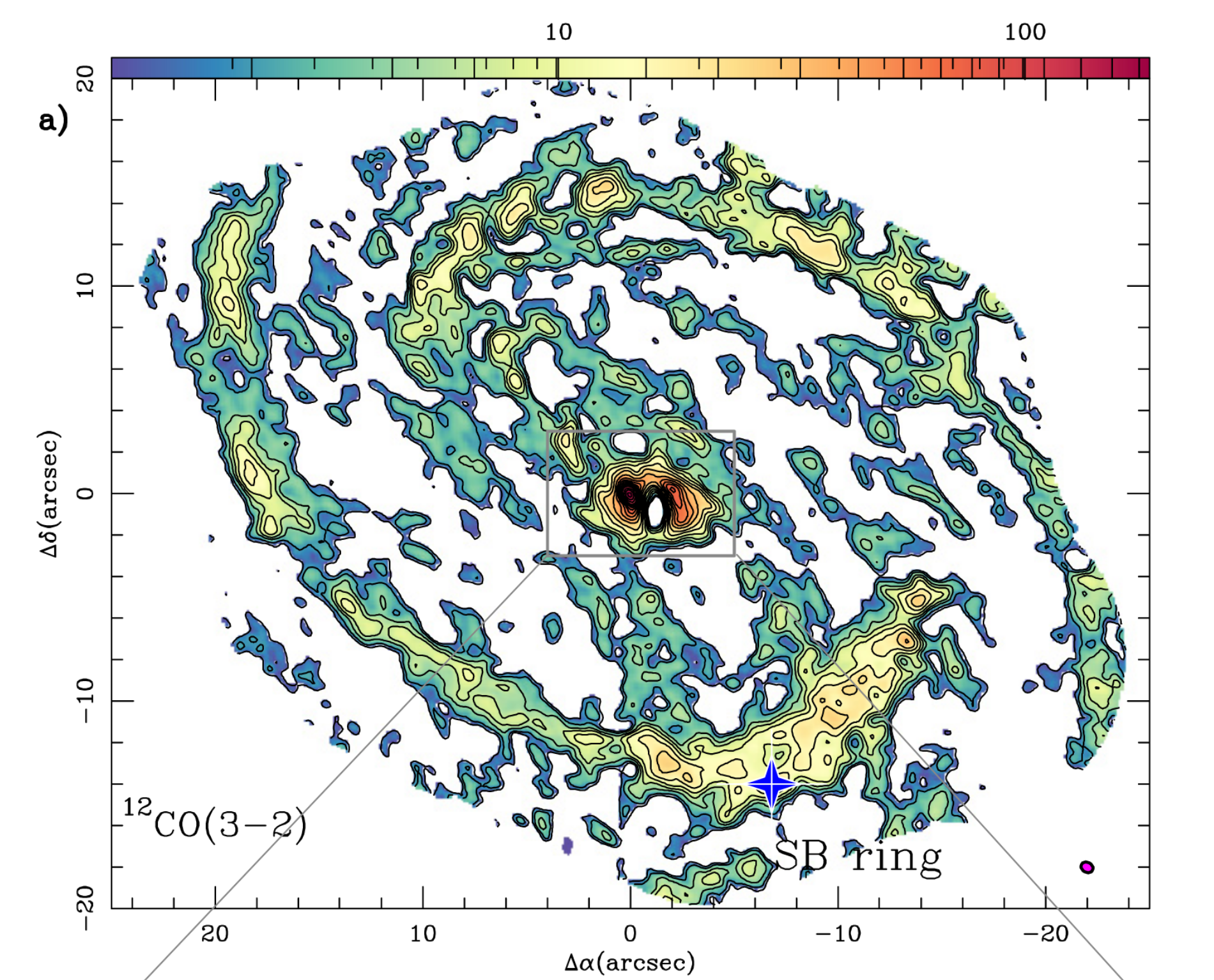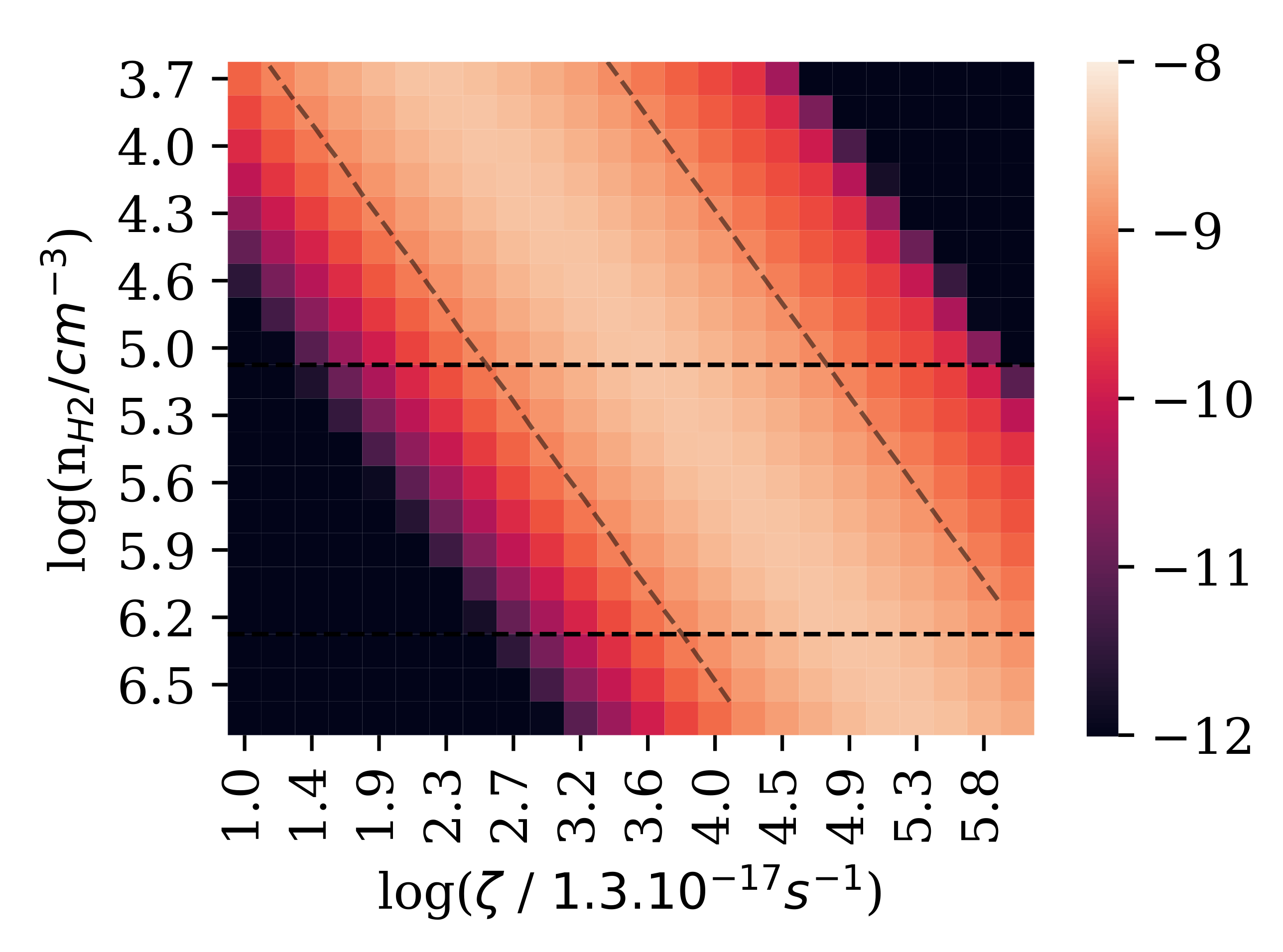Observations
Physical and Chemical characterization of composite and starburst galaxies via molecules
We are performing a comprehensive study of the dense gas in two active galaxies, NGC 1068 and NGC 253, with the aim of determining the structure and location of the multi-component ISM in both composite and starburst galaxies.
Comparative studies between composite galaxies (such as NGC 1068) and “pure” starbursts (such as NGC 253) are essential in order to determine the signatures of individual energetic processes. NGC 1068 is the best “astrochemical laboratory” - to date - to study and trace individual energetic processes within the AGN and the starburst ring. NGC 253 is the "chosen" galaxy for the ALMA Large Progam ALCHEMI which will prvide most complete extragalactic molecular inventory for a starburst galaxy.


